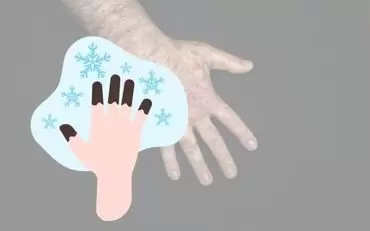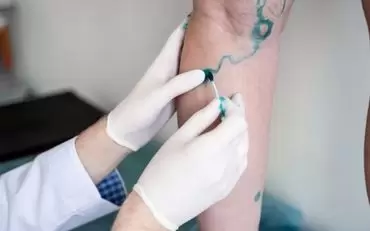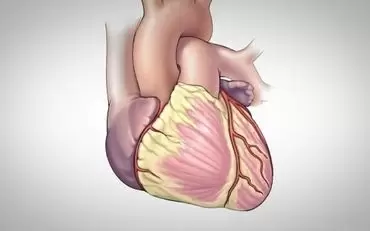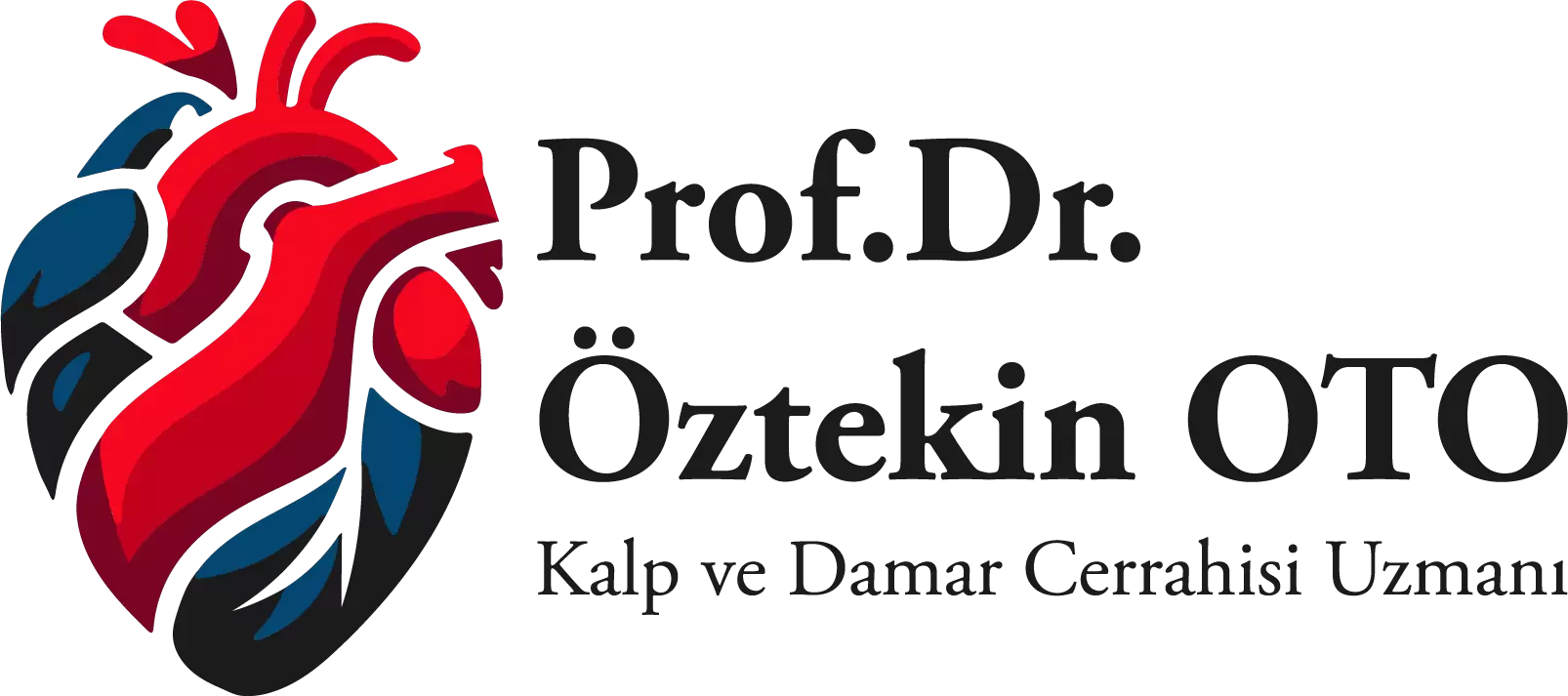16 Oca
Cardiovascular Diseases
CARDIOVASCULAR DISEASES AND TREATMENTS
Palpitations and surgical treatment through a small hole
Today, heart palpitations can be treated not only with medications but also with surgery. Patients either feel palpitations as their heart skipping a beat or describe them as a sudden acceleration.
When palpitations start, fatigue, shortness of breath or chest pain may also accompany them. In some cases, a feeling of fainting may also occur.
ECG, Echocardiography, Holter ECG may be examinations that need to be performed on patients with palpitations.
A patient who feels palpitations should first consult a cardiologist and the first treatment option should be drug therapy.
After this has been tried and catheter catheterization has also been tried, palpitations should not be seen as a fate and it should be remembered that there is also a surgical treatment.
Atrial Fibrillation in particular is a common type of palpitations.
Today, it can be treated with heart surgery through a small hole
Heart surgery through a small hole
Minimally invasive heart surgeries are heart surgeries performed through an incision smaller than 7 cm.
The operations of closing the holes between the atriums of the heart (ASDs) and the holes between the ventricles of the heart (VSDs) and connecting the veins that should not be between the aorta and the pulmonary artery (PDA) were first performed in Turkey by Prof. Dr. Oztekin OTO through a 5 cm hole.
Stating that they can perform aortic valve replacement surgery and mitral valve replacement surgeries in the same way, Prof. Dr. Oztekin OTO said that they replace aortic valves with an incision in the upper 1/3 of the breastbone; and mitral valves with a 5 cm incision in the lower 1/3 of the breastbone.
OTO, who performs these surgeries with the help of a special cannula patented by him, with the open heart technique, has been invited to various countries, especially to congresses organized by the European Cardiology Association in Barcelona and Stockholm with the participation of 24 thousand people, in the last 3 years, and has given conferences on the closure of heart holes and minimally invasive heart valve surgeries.
Prof. Dr. OTO, who performed surgeries on both SSK and Bağkur patients and Retirement Fund patients, including children, with this method in Izmir, explained the following about his surgical technique:
The risk of these surgeries is not more than surgeries performed with large incisions.
On the contrary, the wound healing problem after the surgery is even less.
Heart surgeries performed through small incisions are not only advantageous in terms of cosmetics, but also provide significant comfort after the surgery. We recommend that patients sleep on their backs for about 1 month after the surgery. However, after such surgeries, the patient can sleep and move as they wish. Thus, the replacement of aortic valves, especially in very elderly patients, can be performed comfortably for the patient
Endovenous laser treatment - EVLT
A new technique in the treatment of superficial varicose veins that develop due to symptomatic vena saphena magna insufficiency.
Insufficiency of the superficial venous system of the lower extremity is a pathology that is seen with a frequency of up to 15% in men and 25% in women. Although "varicose veins" are considered a normal finding in physical examination, they indicate significant venous insufficiency in many cases.
The venous system consists of deep, superficial and perforating components. The irregular functioning of one of these components can lead to insufficiency of the system. Saphenofemoral, saphenopopliteal junctions and perforating veins direct the circulation from superficial to deep
Varicose veins are classified as primary (mainly due to congenital pathologies of the vessel wall and vascular structures) and secondary (valvular damage due to recanalization after thrombosis or inflammation of the vein). They are twice as common in women as in men. Obesity, constipation, trauma and occupational factors are factors in the development of venous insufficiency
The diagnostic process of this condition begins with a physical examination performed while standing. Abdominal and pubic examinations should not be neglected. Non-invasive diagnostic methods are the gold standard. Duplex ultrasound performed by an experienced specialist can reveal anatomical and pathophysiological variations that will determine the treatment methodology.
Treatment principles of lower extremity primary varicose veins:
The leak should be eliminated at the most proximal level and the insufficient venous segment should be closed. Since the saphenous vein magna and the saphenofemoral junction are responsible for the majority of lower extremity venous insufficiency cases, the aim of treatment should be to disable these structures. High ligation should be the preferred treatment method for saphenofemoral leakage and insufficiency of the saphenous vein. However, the specific risks of classical surgical treatment and the possibility of recurrence should not be forgotten. The most important disadvantages are that it can be applied under regional or general anesthesia and that it requires at least two days of hospitalization. In contrast,
Other minimally invasive treatment options include coagulation, ultrasound-guided sclerotherapy, bipolar radiofrequency and laser endovenous ablation. Laser endovenous ablation was first described in 1998 for lower extremity venous insufficiency. As in the radiofrequency method, ablation of the responsible vein with laser energy is targeted.
LASER (Light Amplification by the Stimulated Emission of Radiation) is a method of generating light energy. It has been used in medicine since the 1960s. The appropriate wavelength, amount and tissue selection are important for laser treatment of any pathology. The absorption of energy at different wavelengths by different tissues also varies and 980 nm has been determined as the most suitable wavelength for hemoglobin. Therefore, this wavelength was selected for endovenous applications. Laser energy is carried to the application area with the help of a fiber optic cable. It is quite suitable for the vena saphena magna and its branches, reticular veins, telangiectasias, varicose veins and venous ulcers
Endovenous laser treatment is an outpatient treatment method that can be applied in private practice conditions. Patient satisfaction is quite high due to the low pain and short recovery period. It provides rapid clinical and cosmetic results and the risk of infection complications due to the procedure is also lower compared to surgery. It does not require hospitalization and the benefit-cost ratio is also very reasonable
Contraindications of the method:
Pregnancy, lower extremity arterial circulation defects, immobility, poor general condition, deep and thrombosis and tendency to bleeding or thrombosis. Side effects are quite few and mostly easily tolerated: Deep vein thrombosis, pulmonary embolism, skin burns, indurations, sensitivity and thrombophlebitis (4,5,6,7).
The disadvantages of traditional surgery are emerging as advantages of endovenous laser: problems related to anesthesia, high hospital costs, ineffective use of resources, complications related to surgery. In addition, it should not be forgotten that many patients have “fear of surgery”. In contrast, minimally invasive techniques, especially endovenous laser, are a method with lower costs and risks despite increased patient comfort. This method can be applied in private clinic conditions with local and tumescent anesthesia, and there are no problems of hospitalization, general anesthesia, and loss of labor. Doppler ultrasound guidance is required during the procedure to puncture the saphenous vein and localize the tip of the catheter approximately 2 cm below the level where the inferior epigastric vein drains into the saphenous vein. The total duration of the procedure is between 30-45 minutes. At the end of the procedure, it can be immediately shown ultrasonographically that the saphenous vein is obliterated by fibrosis. After the procedure, compression stockings should be worn immediately and low molecular weight heparin should be applied for 5 days.
No recanalization was reported in short-term follow-ups and mid-term results are better than surgery. Patients can return to normal physical activities without any restrictions on the first day after the procedure.
We believe that endovenous treatment will attract attention with its promising results in the treatment of varicose veins and superficial venous insufficiency.
Related Articles

What is Buerger’s Disease?
Buerger’s disease is described as Thromboangiitisobliterans (TAO)in the medical literature. It is a ..
Read More
What Is Varix Surgery And How Is It Performed?
Varix is a common disease of the veins. Since patients suffering from this condition experience only..
Read More
Coronary Bypass Operations
Heart is composed of a muscular tissue which is pumping blood to the body. Coronary arteries are the..
Read More




